Q. 1.
Sol.

Q. 2.

Sol.
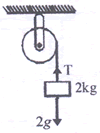
For rotational m otion of pulley
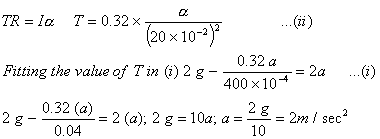
Q. 3.

Sol.
Truth table

Q. 4.
Sol.
Coulombic force |
Nuclear force |
a. Coulombic force is charge dependent b. It obeys inverse square law of distance
d. It is weaker than nuclear force |
a. Nuclear force is charge independent. b. It does not obey inverse square law but it obeys inverse law of rnwhere nis very large number. c. The nature of nuclear force changes with distance. d. It is very stronger than coulombic force. |
Q. 5.
From a table, a rod is hinged as shown in the figure. When the support is withdrawn calculate the acceleration of center of mass.

Sol.
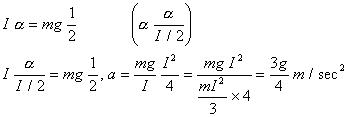

Q. 6.
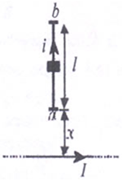
Sol.
 The magnetic field at distance y from infinitely long conductor
The magnetic field at distance y from infinitely long conductor 

Q. 7.
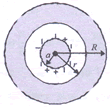
Sol.

Q. 8.
Sol.
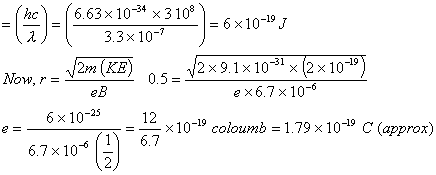
Q. 9.
Sol.


Q. 10.
Sol.

